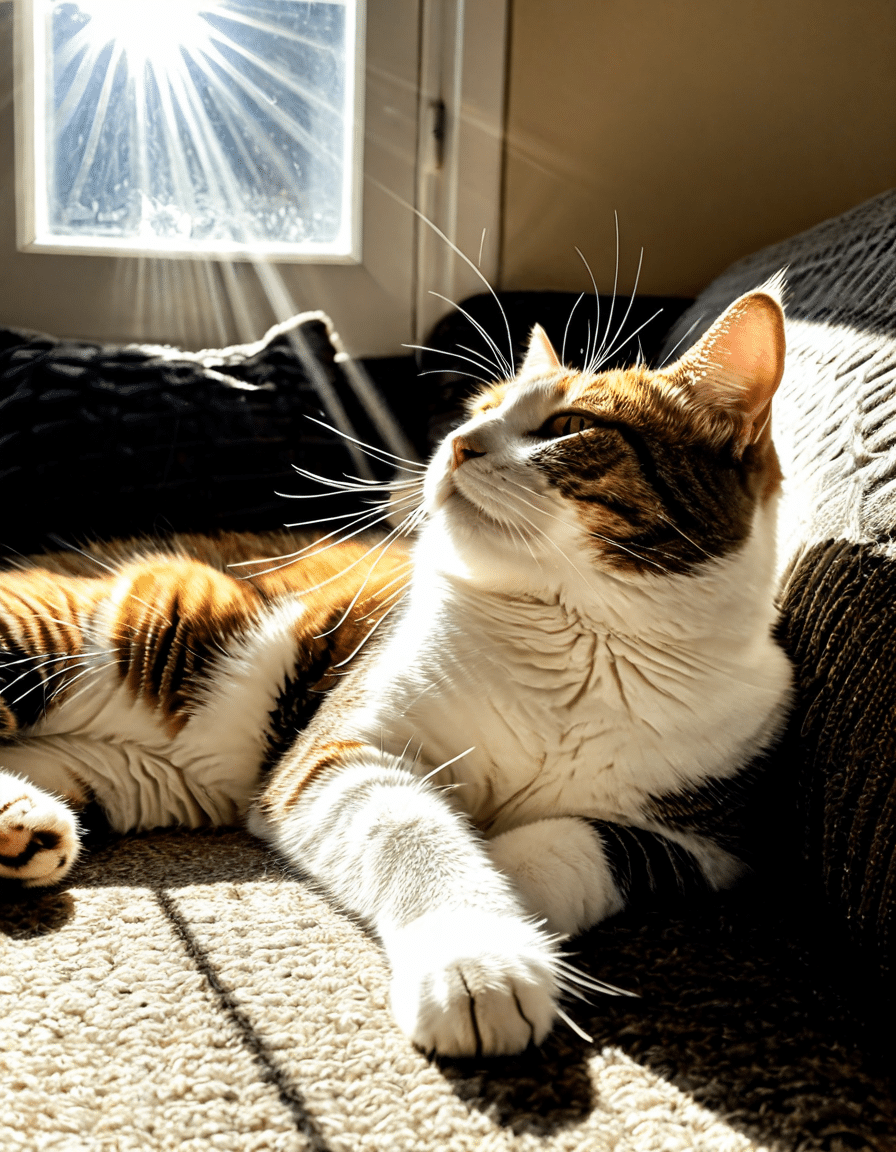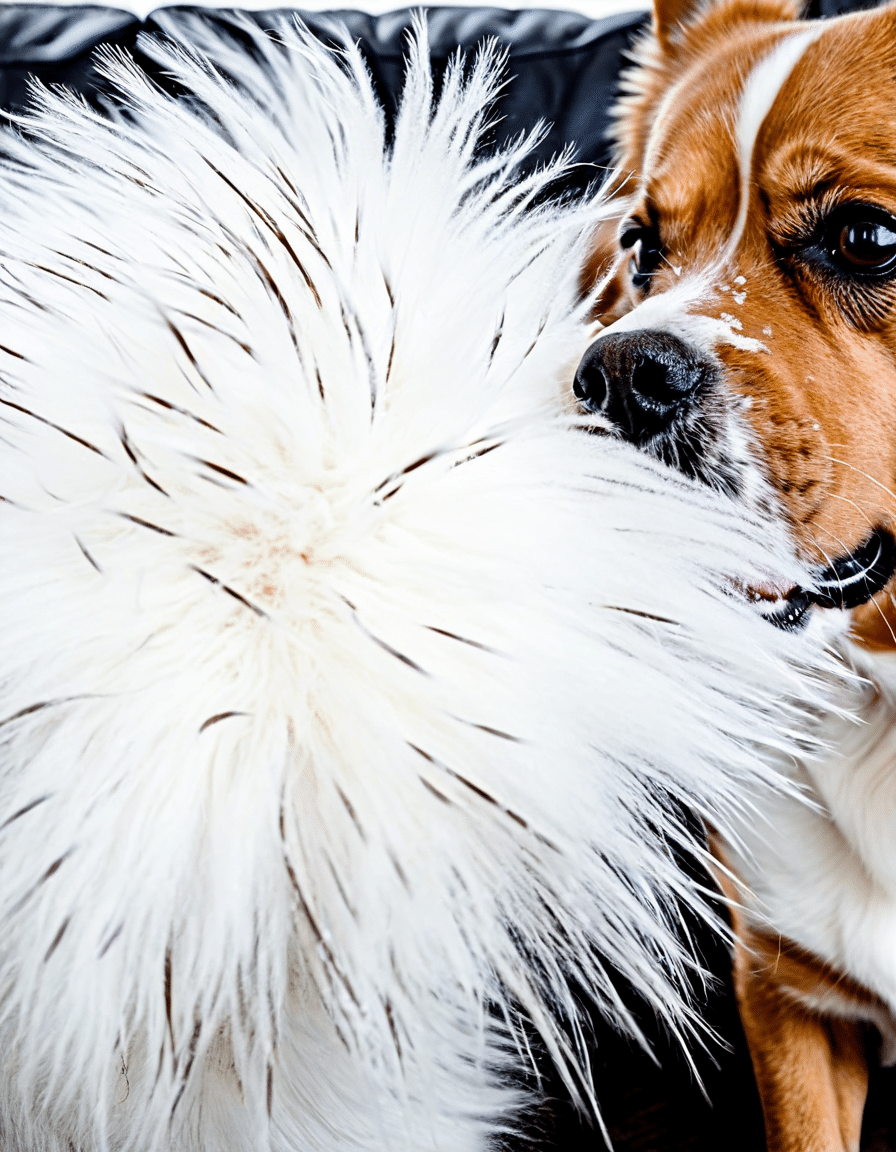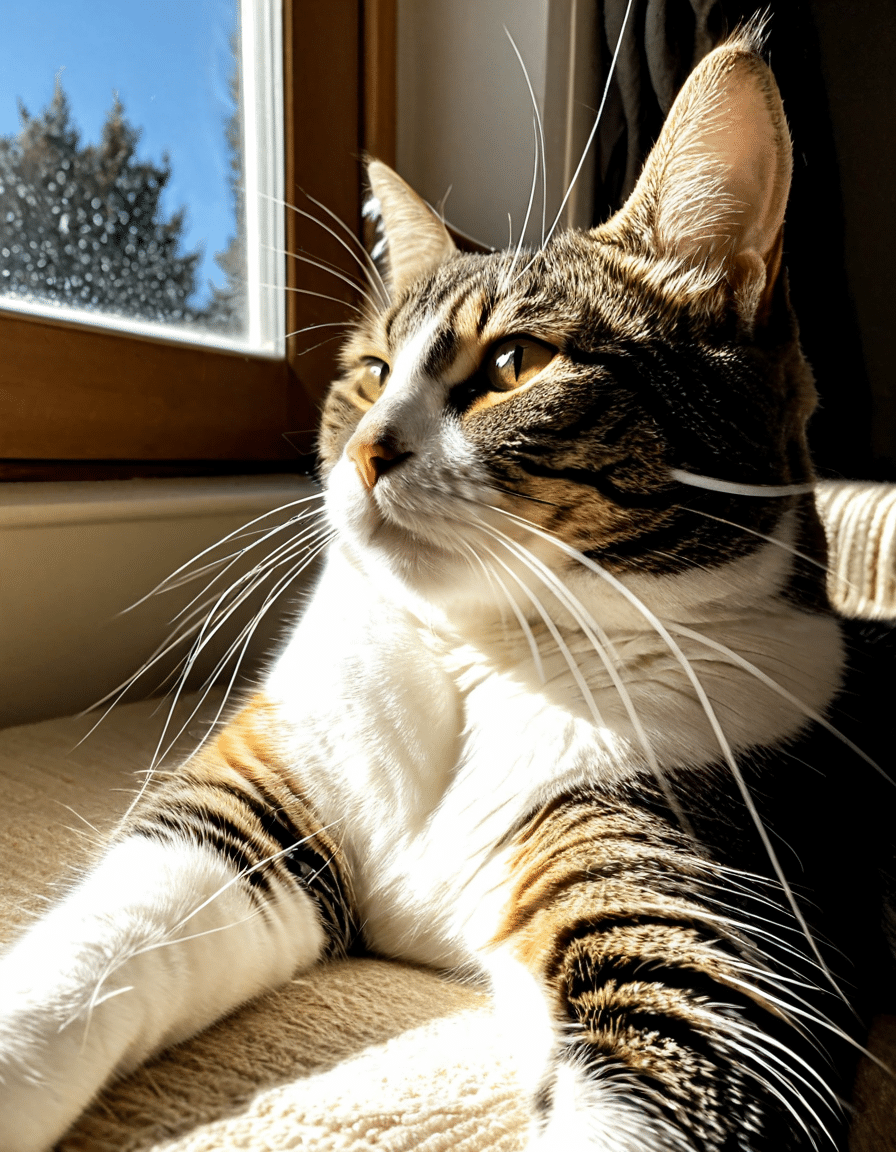Dandruff scratching is a common concern for dog owners, leading to flaky skin and distress in our beloved pets. These little white flakes found in your dog’s fur can indicate deeper issues that compromise their comfort and health. By understanding the causes of dandruff on dogs and how to relieve this condition, you can ensure your pup leads a happier, more comfortable life. So, let’s dive into the fascinating world of dandruff scratching and unravel the mysteries behind it.
1. Allergies: A Common Culprit Behind Dandruff Scratching
One of the prime suspects in the case of dandruff scratching is allergies. Dogs can be sensitive to a variety of environmental factors, including pollen, dust mites, and mold. Even the food they eat can trigger a reaction. For instance, certain protein sources like chicken or beef might not sit well with your dog and lead to itchy skin and flakes. Identifying these allergens can be tricky, but it’s essential for finding relief.
To tackle allergies, start by keeping a close eye on your dog’s diet. Brands like Royal Canin and Blue Buffalo offer hypoallergenic diets that can be a game-changer for sensitive pups. Additionally, frequent baths with specialized shampoos can help wash away allergens that may cling to their fur.

2. Skin Conditions: More than Just Dandruff
Dandruff in dogs can often be more than just a cosmetic issue. Conditions like seborrheic dermatitis or fungal infections can cause persistent scratching and inflammation. For instance, breeds like Dachshunds and Cocker Spaniels are particularly prone to problems stemming from hormonal imbalances like hypothyroidism.
Getting veterinary advice is crucial if you suspect a skin condition. A vet can provide a proper diagnosis and recommend treatments, ranging from medicated shampoos to topical ointments designed to soothe inflammation. A proactive approach can mean a world of difference for managing dandruff and overall skin health.
3. Inadequate Grooming: The Neglected Necessity
You might not realize it, but neglecting grooming can significantly contribute to dandruff scratching. Dogs that aren’t brushed regularly can gather dead skin cells and dirt, exacerbating flake buildup. Breeds with long or thick coats, like Golden Retrievers and Shih Tzus, especially need consistent grooming to maintain healthy skin and a shiny coat.
Grooming isn’t just about aesthetics; it keeps your dog comfortable! Regular brushing helps remove loose hair and debris, redistributing natural oils across their skin. This simple practice can greatly diminish flakiness and scratching.

4. Dietary Deficiencies: The Role of Nutrition
Nutrition plays a vital role in your dog’s skin health and can influence dandruff scratching. Essential fatty acids (EFAs), particularly Omega-3 and Omega-6, are crucial for a lustrous coat and healthy skin. A diet lacking in these vital nutrients can lead to dry skin and, ultimately, dandruff.
Opting for high-quality dog food brands, like Wellness CORE and Orijen, which incorporate these essential fatty acids into their formulations, can be advantageous for your dog’s skin health. Adding fish oil supplements may also help, but be sure to consult your vet first to fine-tune your dog’s nutritional intake.
5. Environmental Factors: The Impact of Seasonal Changes
Environmental changes can significantly affect your dog’s skin health, leading to dandruff scratching. For instance, dry air during the winter months can sap moisture from their skin, resulting in increased flakiness. Using a humidifier in your home can help raise moisture levels and assist in keeping your dog’s skin hydrated.
When bathing your dog, opt for gentle, moisturizing shampoos designed to combat dryness. These products can make a noticeable difference, keeping your pup’s skin and coat in excellent condition.
6. Parasites: The Unseen Assailants
Parasites such as fleas, mites, and ticks can be the unseen enemies causing your dog’s scratching and dandruff issues. Flea allergies, in particular, can lead to intense itching that exacerbates dandruff conditions. Keeping your dog on an effective flea prevention regimen, such as Seresto collars or Frontline, is essential to fend off infestations.
Check your dog regularly for signs of parasites, as early intervention is key. Monthly treatments and regular grooming can help keep fleas and ticks at bay and reduce skin irritation.
7. Stress and Anxiety: A Surprising Factor
Believe it or not, stress and anxiety can also manifest as skin issues, including dandruff scratching. Dogs experiencing fear or anxiety might scratch excessively, leading to skin damage and chronic flakiness. Creating a calm, balanced environment for your dog and engaging them in regular exercise can significantly improve their well-being.
Interactive toys, training sessions, and calming supplements from your vet can be excellent additions to their routine. Identifying anxiety triggers and gradually easing your dog into more comfortable situations can greatly enhance their emotional and physical health.
Understanding the factors behind dandruff scratching in dogs is critical for their overall well-being. By addressing allergies, grooming, dietary needs, environmental factors, parasite control, and mental health, you can craft a well-rounded care plan for your furry friend. Don’t hesitate to seek veterinary advice if problems persist; your dog deserves a life free from discomfort. The journey to solve the mystery of your dog’s dandruff might seem involved, but the payoff of a happy, itch-free pup is well worth every effort!
Dandruff Scratching Mysteries That Must Be Solved
The Science Behind Dandruff Scratching
Dandruff scratching isn’t just an annoying habit for pets; it can be a sign of something bigger. Did you know that cats, much like humans, can suffer from skin conditions, which may lead to dandruff? In fact, dietary choices play a crucial role in a pet’s skin health. It’s interesting to consider that certain cat food recipes target allergies, like the ones specially formulated for cat food For Cats That puke, making a significant difference in their coat condition. Moreover, pets living in areas like La Vergne might face different environmental factors that aggravate their skin issues, too!
Understanding Pet Behavior
Behaviors can sometimes be puzzling, like the infamous chunky cat syndrome. This term often refers to pets that might overeat due to comfort-seeking behaviors, potentially leading to dandruff. Furthermore, cats commonly groom themselves frequently and may scratch more if they have dry skin or an underlying ailment. This brings us to a fun fact: Siamese cats are courted for their beautiful coats, and you can easily find a siamese cat For sale near me to add a playful member to your family. Just remember, a happy cat means fewer skin issues!
Playtime and Dandruff Scratching
Engaging your pet in active play can keep their spirits up! However, while play is essential, it can also lead to scratching if pets get too rowdy. For example, some gaming parallels can be drawn from Tom Clancy Games, where strategy and timing matter—just like in playtime with your furry friends. Knowing how to balance their playtime can help manage their scratchiness and resulting dandruff. Additionally, the charm of an “American guinea pig” as a pet serves as a reminder that every animal, no matter how small, warrants proper care to keep their coats healthy and itch-free.
In conclusion, dandruff scratching among pets can stem from various causes, and being aware of these insights helps pet owners take the right steps to keep their animals content.






